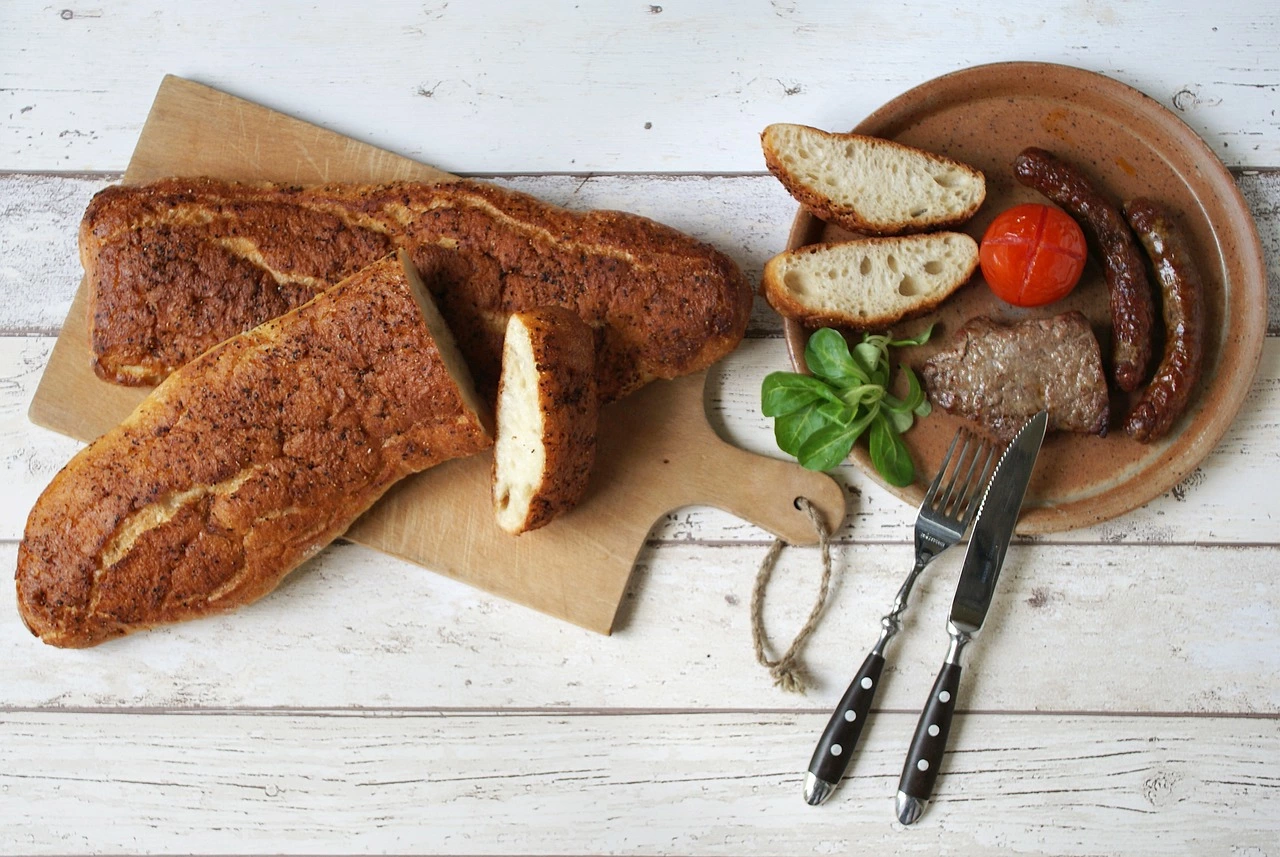Introduction
In the bustling world of cooking, a seemingly simple tool can make a significant impact on your culinary experience – the chopping board. As the cornerstone of meal preparation, a chopping board is more than just a flat surface; it’s an essential ally that directly influences cooking efficiency and safety. In this guide, we’ll delve into the world of chopping boards, exploring their types, materials, sizes, safety measures, and maintenance practices. By the end of this comprehensive guide, you’ll be equipped with the knowledge to select the perfect chopping board for your kitchen adventures.
The Importance of a Chopping Board in the Kitchen
A good chopping board is more than just a platform for chopping ingredients. It provides a stable surface for slicing, dicing, and mincing, protecting your countertops and knives while ensuring your fingers remain unscathed. It acts as a buffer between your knife’s blade and your precious kitchen counter, preventing scratches and potential damage.
How a Good Chopping Board Enhances Cooking Efficiency and Safety
A well-designed chopping board enhances your cooking efficiency by providing a designated space for prep work. It keeps your ingredients organized and easily accessible, allowing you to focus on the art of cooking rather than searching for ingredients. Moreover, a stable chopping surface reduces the risk of accidents, ensuring that your knife work remains precise and safe.
Table of Contents
Types of Chopping Boards
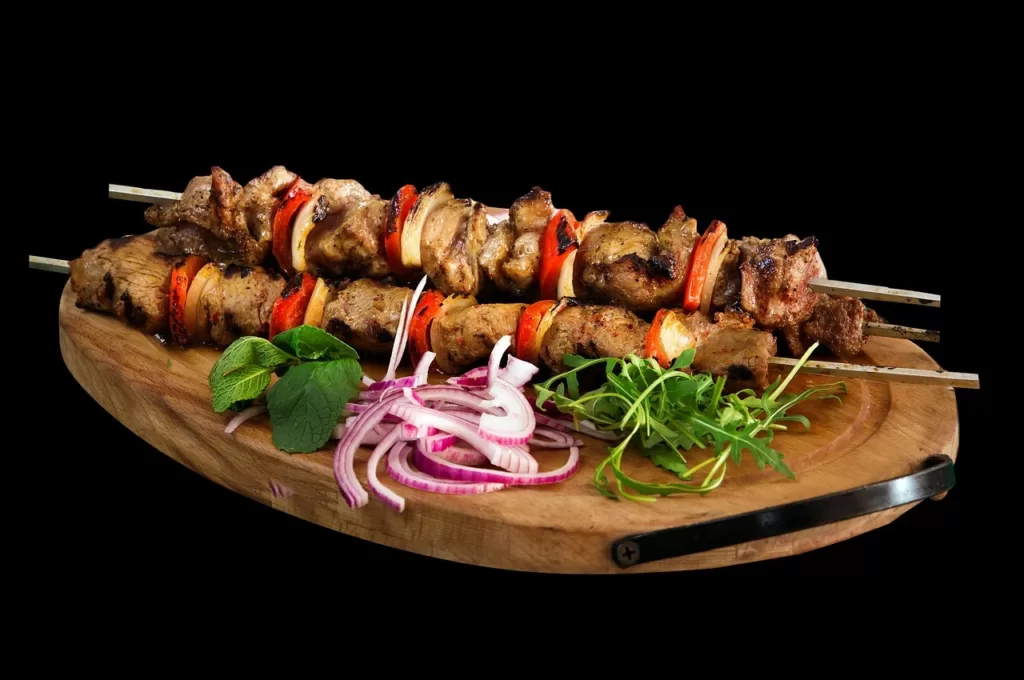
Wooden Chopping Boards
Wooden chopping boards have a timeless appeal and offer numerous benefits. In this section, we’ll discuss:
- Different types of wood and their characteristics
- The natural antimicrobial properties of wood
- Proper care and maintenance techniques, including oiling and avoiding moisture exposure
Plastic Chopping Boards
Plastic chopping boards have gained popularity for their versatility and affordability. Here, we’ll cover:
- Advantages of plastic boards, including ease of cleaning and lightweight design
- How to choose the right plastic board based on your needs
- Cleaning and sanitation tips to prevent bacterial growth
Bamboo Chopping Boards
Bamboo chopping boards provide a sustainable alternative with unique qualities. We’ll explore:
- Bamboo as an eco-friendly material
- Characteristics that set bamboo boards apart
- Maintenance practices that keep your bamboo board in top shape
Chopping Board Material Comparison
In this section, we’ll conduct a thorough comparison of the durability, hygiene considerations, and impact on knife blade longevity for wood, plastic, and bamboo chopping boards. This analysis will empower you to make an informed choice that aligns with your preferences and cooking style.
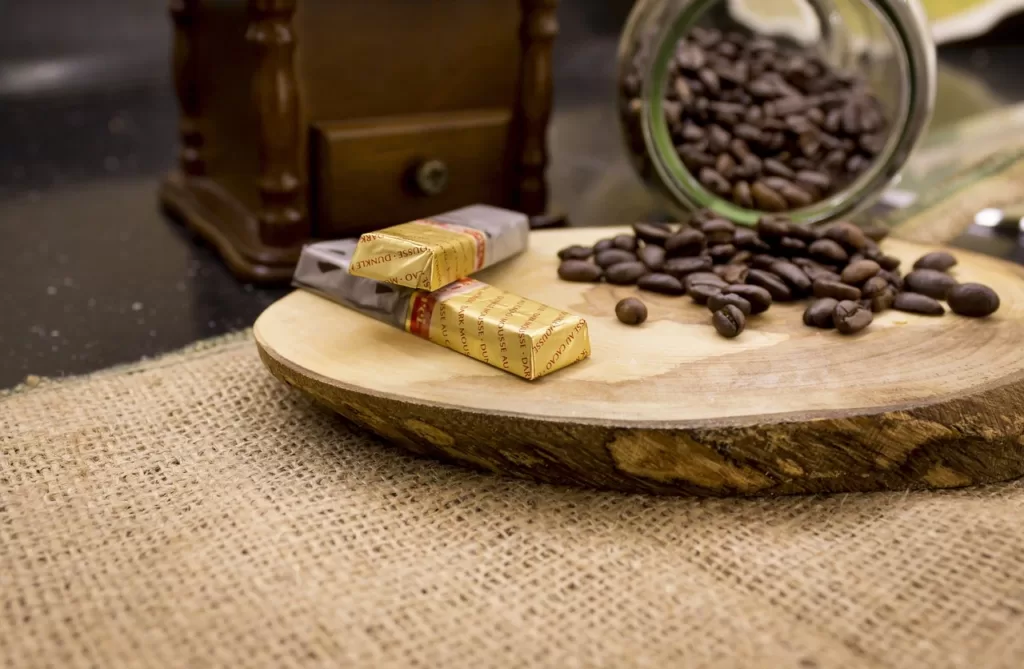
Selecting the Perfect Chopping Board
Size Matters
Selecting the appropriate size is crucial for a seamless cooking experience. We’ll discuss:
- Choosing a board size that fits your kitchen space and workflow
- Considering the types of food you frequently prepare and their dimensions
Material Selection
Factors influencing material choice extend beyond aesthetics. We’ll examine:
- Balancing functionality, maintenance, and appearance when selecting a material
- The importance of aligning your material choice with your cooking habits
Surface Texture
The surface texture of your chopping board can impact your knife work. Here, we’ll explore:
- The effects of smooth vs. textured surfaces on cutting and knife grip
- Choosing the texture that suits your cutting techniques and comfort level
Thickness and Weight
A board’s thickness and weight influence its stability and ease of use. We’ll discuss:
- Optimal thickness for stability and comfort during chopping
- Finding the right weight balance for portability and sturdiness
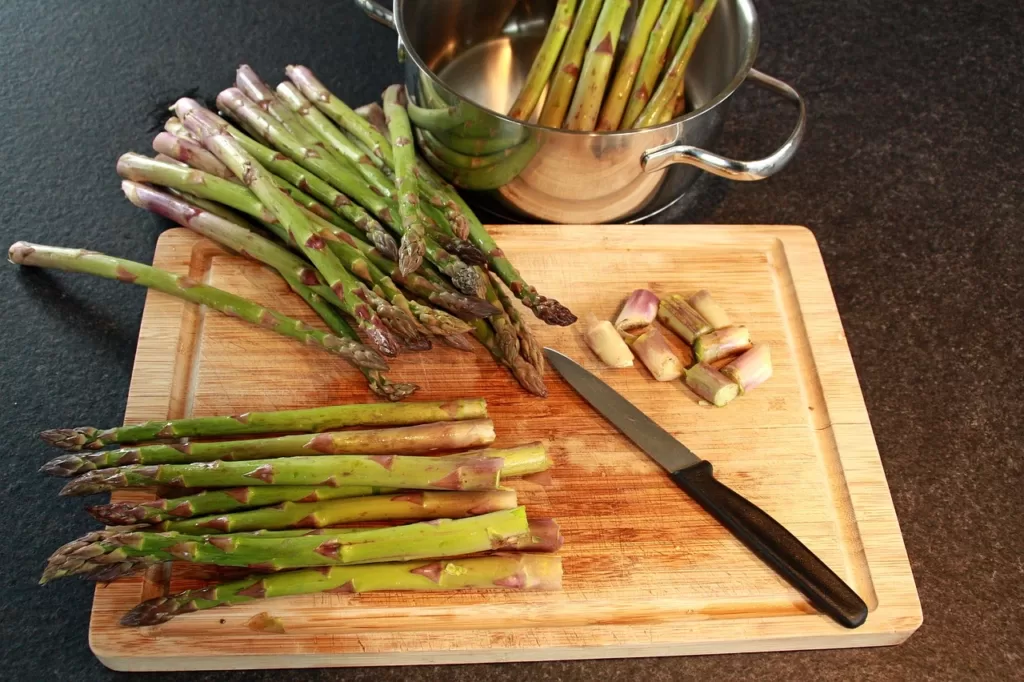
Caring for Your Chopping Board
Proper Cleaning Techniques
Maintaining a clean chopping board is essential for food safety. We’ll cover:
- Comparing handwashing to dishwasher use for various materials
- Using natural cleaning solutions to ensure a hygienic board
- Preventing cross-contamination through proper cleaning practices
Maintenance Tips
Longevity requires consistent care. We’ll provide tips on:
- Oiling wooden chopping boards to prevent drying and cracking
- Sanitizing plastic and bamboo boards effectively
- Preventing warping and cracking through proper storage and usage
Signs of Replacement
Knowing when it’s time to bid farewell to your board is important. We’ll explore:
- Identifying signs of wear, deep cuts, and stubborn stains
- Recognizing when it’s safer to replace your chopping board than to repair it
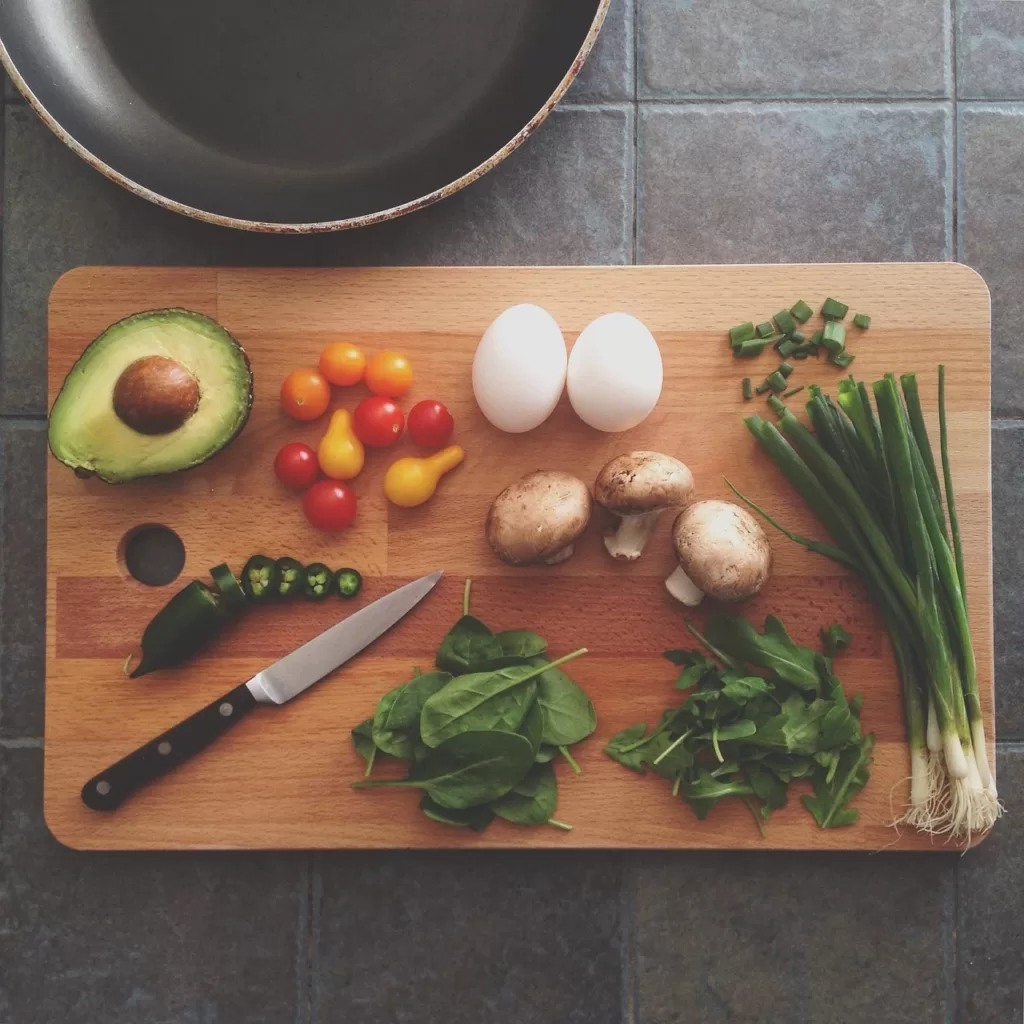
Using Your Chopping Board Safely
Knife Safety
Proper knife techniques are pivotal for a safe cooking experience. We’ll discuss:
- The importance of using the right cutting techniques to prevent accidents
- Stabilizing your chopping board to avoid slips and missteps
Food Safety
A clean chopping board is a foundation for food safety. We’ll explore:
- Preventing cross-contamination when chopping different types of food
- Effective cleaning and disinfecting after working with raw meat, poultry, and fish
Techniques for Different Foods
Different ingredients demand distinct approaches. We’ll provide guidance on:
- Best practices for chopping vegetables, fruits, and herbs
- Handling larger cuts of meat and bones safely
- Minimizing mess while working with juicy fruits and other moist ingredients
Frequently Asked Questions (FAQs)
Can I use the same chopping board for meat and vegetables? It’s recommended to use separate chopping boards for meat and vegetables to prevent cross-contamination. Raw meat can contain harmful bacteria that might transfer to vegetables and cause foodborne illnesses.
How do I remove tough stains from my chopping board? For plastic boards, a mixture of baking soda and water can help remove stains. For wooden boards, try rubbing with a mixture of salt and lemon juice. Alternatively, hydrogen peroxide can be effective for both types. Scrub gently, rinse, and dry thoroughly.
Are wooden chopping boards sanitary? Wooden chopping boards are generally safe to use, as the natural antimicrobial properties of wood can help inhibit bacterial growth. However, proper cleaning and maintenance are essential to ensure their hygiene.
What’s the difference between end-grain and edge-grain wooden boards? End-grain boards have their wood fibers oriented vertically, which makes them more forgiving on knife blades and durable over time. Edge-grain boards have fibers running horizontally, making them harder and suitable for heavy chopping.
Can I use a marble board for chopping? Marble boards can be used for chopping, especially for tasks like working with pastry. However, they can dull knives quickly and are not as forgiving on blades as wood or plastic.
How often should I oil my wooden chopping board? It’s recommended to oil your wooden chopping board every month or when the wood appears dry. Use food-safe mineral oil or specialized cutting board oil to keep the wood moisturized and protected.
Are bamboo chopping boards dishwasher-safe? Bamboo boards can suffer from excessive moisture and heat in the dishwasher, which may lead to warping and cracking. Hand washing with mild soap and water is a safer option for bamboo boards.
What’s the best way to prevent my chopping board from slipping? Placing a damp kitchen towel or non-slip mat under your chopping board can help prevent it from slipping during use, enhancing safety.
Can I resurface a worn-out plastic chopping board? Plastic boards can develop deep cuts over time, creating crevices where bacteria can hide. If the board is heavily worn, it’s safer to replace it, as resurfacing might not completely remove bacteria buildup.
How do I disinfect my chopping board after cutting raw poultry? After cutting raw poultry, wash the board with hot, soapy water. To disinfect, you can use a diluted bleach solution (1 tablespoon bleach per gallon of water). Rinse thoroughly and air dry.
Conclusion
In conclusion, the seemingly humble chopping board is an integral tool that significantly influences your cooking journey. By selecting the right material, size, and texture, and implementing proper care and safety measures, you can ensure a clean, safe, and enjoyable food preparation experience.

